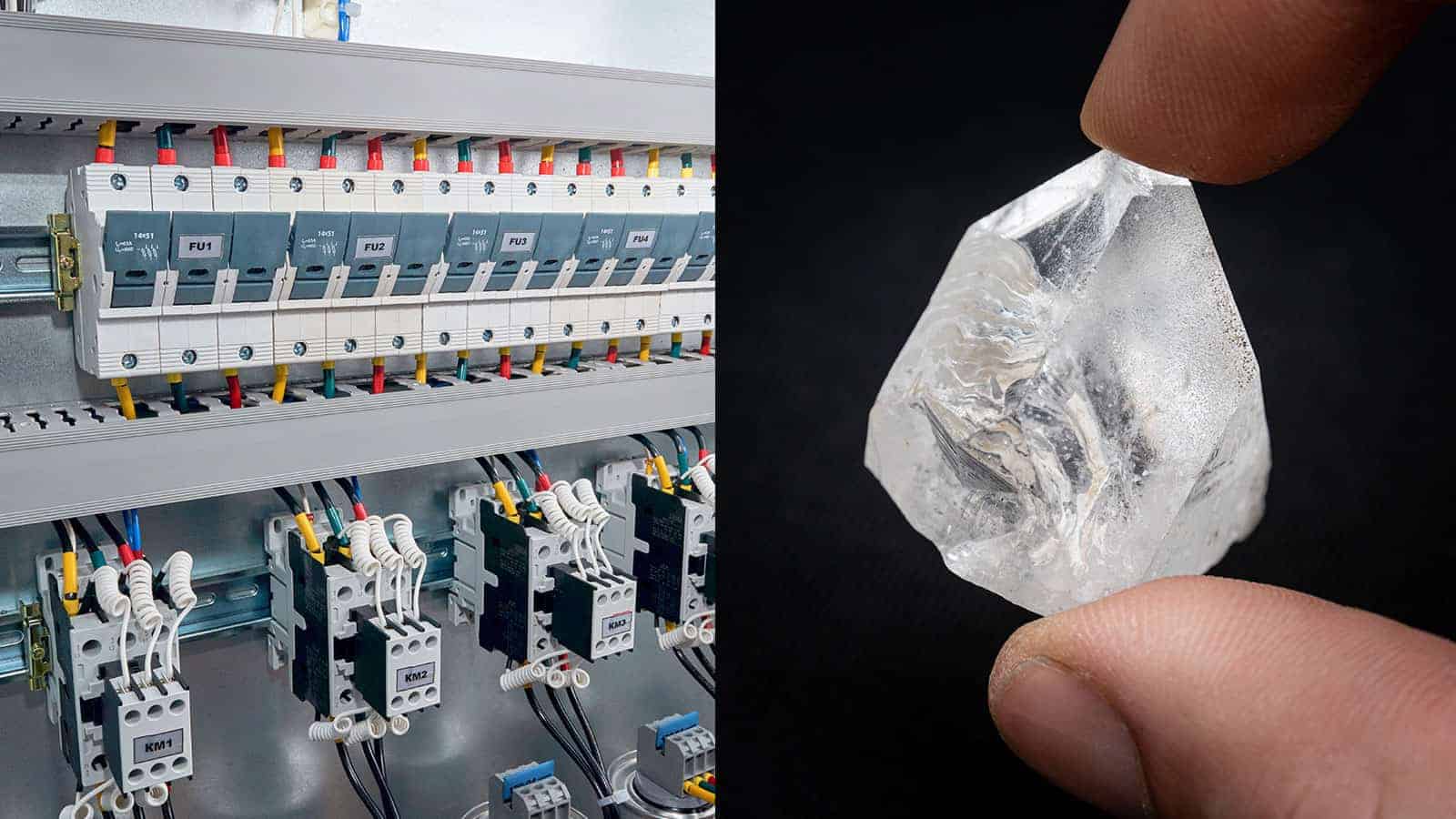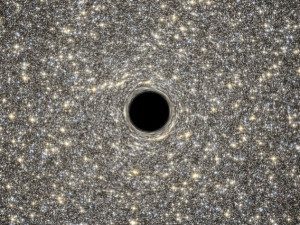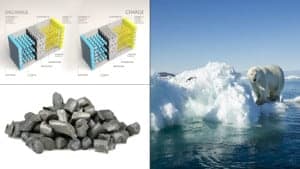Researchers from the University of Bristol found a use for radioactive material. Harvested directly from a former nuclear power plant in Gloucestershire they generated “ultra-long-lasting” power sources. Scientists say that they extracted carbon-14, a radioactive isotope, from radioactive waste at the Berkeley power station in Gloucestershire. Then, they recycled it to generate energy as part of the production for a “nuclear-powered diamond battery.”
Why Carbon 14?
By extracting Carbon-14 isotopes from the irradiated graphite, they knew they’d effectively reduce the time and cost of the cleanup operation. Experts say that their unique use of carbon-14 could potentially provide unlimited sources of power. And, they were also working to increase clean energy production. Berkeley decommissioned in 1989. However, it only just recently become safe to start the removal process of radioactive waste products. Additionally, the BBC reported that humans won’t safely be able to step into the reactor cores until 2074.
Currently, the facility stores these waste products in concrete vaults eight meters underground. Workers must use special safety equipment to retrieve the matter. A second nuclear plant in the region, Oldbury, closed in 2012 and is currently decommissioning. This site completed defueling in 2016 and is now beginning decommissioning.
These two sites, in addition to the reactors at Hinkley Point in Somerset and other decommissioned sites across the UK, hold large amounts of irradiated graphite. That material contains the Carbon-14 isotope that can generate power.
What makes these batteries so useful?
Professor Tom Scott, the lead researcher on the carbon-14 study, said the nuclear-based diamond batteries may prove to be superior. That’s because they operate in extreme places, where traditional forms of power wouldn’t be as effective. In the future they could even power satellites, he suggested.
“Over the past few years we have been developing ultra-low powered sensors that harvest energy from radioactive decay,” Scott said in a statement. “This project is at quite an advanced stage now and we have tested the batteries in sensors in places as extreme as the top of a volcano.”
The research on the diamond battery
University of Bristol researchers have grown a man-made diamond that can generate a small electrical current when placed in close proximity to radioactive material. By using Carbon-14 which has a half-life of 5730 years, the batteries could potentially produce power indefinitely.
This work is part of the ASPIRE project: Advanced Self-Powered sensor units in Intense Radiation Environments. Professor Tom Scott from the School of Physics and Director of the South West Nuclear Hub is the lead researcher.
He said: “Over the past few years we have been developing ultra-low powered sensors that harvest energy from radioactive decay. This project is at quite an advanced stage now and we have tested the batteries in sensors in places as extreme as the top of a volcano!”
Carbon-14 emits a short range of radiation, which absorbs quickly into any solid material, according to Neil Fox, of the University of Bristol’s School of Chemistry. He went on to say that it would be dangerous to ingest or touch with your skin, but within a diamond, no radiation can escape. That’s because diamonds are Mother Earth’s hardest substance. Thus, it offers the best protection for the creation of the batteries. Also, this makes for good use of nuclear waste.
This week, Scott said it would make decommissioning easier as well.
Who will produce the diamond battery?
He said that they want to have a factory at one of the power stations in the South West that takes carbon-14 isotopes directly from the graphite blocks for the diamond batteries. In this way, they reduce the radioactivity of the remaining material, making it easier and safer to manage.
As most of the U.K.’s nuclear power plants will shut down within 10 years, this will present a big opportunity to recycle nuclear waste for power. The U.K. has up to 95,000 tons of graphite blocks, the researchers said.
In addition to using nuclear power in extreme environments where traditional power isn’t very efficient, it could potentially be used for medical purposes such as for hearing aids or pacemakers. It’s even posited that nuclear waste could power spacecraft or satellites for much further travel than is currently possible.
This technology shows the wonderful research and innovation coming out of the South West region, the home to the only nuclear new build project in the UK.
Final thoughts about how diamond batteries could create unlimited power
Who knew we would enter a time like this? One in which even nuclear waste could have the potential to provide power for our entire planet? In addition to providing energy, scientists also surmise that it could be used in medical applications. Additionally, they could even power satellites in the future. As research into the diamond battery continues, perhaps scientists will find even more uses for this powerful energy source.





















